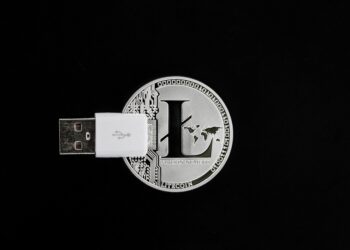In recent years, blockchain technology has been making waves in various industries, and healthcare is no exception. The potential of blockchain to revolutionize how patient data is stored, secured, and shared is grabbing the attention of healthcare professionals and technologists alike.
Healthcare data is incredibly sensitive and personal, containing a wealth of information about an individual’s medical history, treatments, prescriptions, and more. With the rise of electronic health records (EHRs) and digital health applications, the need to ensure the security and privacy of this data has become paramount.
Traditionally, healthcare data has been stored in centralized systems, making it vulnerable to cyberattacks and data breaches. These breaches can have serious consequences, ranging from identity theft to medical fraud. Blockchain technology offers a solution to these issues by providing a decentralized and secure way to store and share data.
So, how does blockchain work in healthcare?
Blockchain is a digital ledger that records transactions across a network of computers. Each transaction, or “block,” is securely encrypted and linked to the previous block, creating a chain of data that is virtually tamper-proof. This distributed architecture ensures that no single entity has control over the data, making it resistant to hacking and fraud.
In healthcare, blockchain can be used to create a secure and immutable record of patient data. Each time a new entry is added to the blockchain, it is encrypted and validated by multiple nodes in the network. This not only ensures the integrity of the data but also provides transparency and traceability, allowing patients to have greater control over who has access to their information.
One of the key benefits of blockchain in healthcare is the ability to streamline data sharing and interoperability. Currently, patient data is often siloed in different systems, making it difficult for healthcare providers to access and share information. By using blockchain, patients can grant permission for their data to be securely shared across different providers, improving care coordination and reducing the risk of medical errors.
Additionally, blockchain technology can help to address issues of data ownership and consent. Patients have the right to control how their data is used and shared, but often lack the tools to do so effectively. With blockchain, patients can securely store their own health records and grant permission for certain providers or researchers to access them, all while maintaining anonymity and privacy.
Overall, blockchain has the potential to transform how patient data is managed in healthcare, improving security, privacy, and interoperability. As the technology continues to evolve and gain traction in the industry, we can expect to see even more innovative applications that empower patients and healthcare providers alike.








